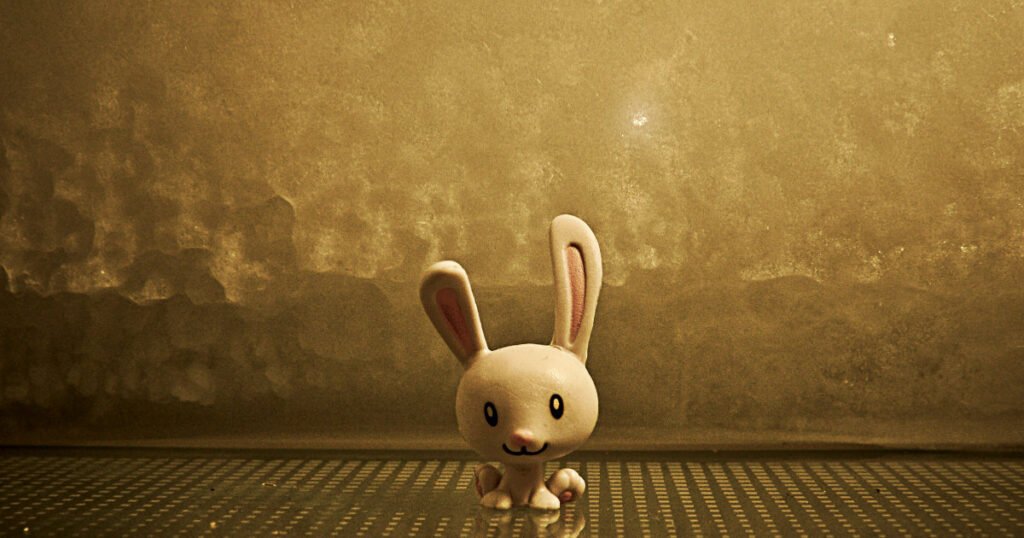Audio Techniques in Animation


Ever wondered how those animated characters you love get their voices, or how those fantastical scenes are made believable with just the right sound effects? Well, you’re not alone. In the world of animation, sound plays a pivotal role in breathing life into characters and scenes. It’s more than just slapping on a voice over or adding a few sound effects; it’s about creating an auditory experience that complements the visual storytelling.
The Magic of Voice Overs in Animation
Voice overs in animation aren’t just about finding someone with a cool voice. It’s a meticulous process of matching the right voice to the right character, making sure it captures their personality and the essence of the story. Think about it like casting for a movie; you wouldn’t have a rugged, deep-voiced actor for a sprightly, young character, right? It’s all about fitting the voice to the character’s vibe. Also, let’s not forget the recording quality – clear, crisp, and expressive; these are the hallmarks of a great animation voice over.
But there’s more to it than just the voice. The recording environment, the mic setup, and even the direction given during sessions play a big role. You might find a voice actor recording multiple takes, experimenting with intonations and pitches, all to nail that perfect sound that makes an animated character come alive. It’s a blend of art and technique, something that transforms lines on a script into memorable, lively characters.
Crafting Sound Effects for Animated Realms
Now, let’s talk sound effects – the unsung heroes of animation. Crafting sound effects for animation is like adding seasoning to a dish; it needs to be just right. From the subtle rustle of leaves to the booming crash of a falling tree, each effect adds depth and realism to the animated world. And it’s not just about realism; sometimes, it’s about exaggeration to match the animated style. Think about those classic cartoons where every action had a matching, often over-the-top, sound effect.
What’s cool is how these sounds are made. Ever heard of Foley artists? These folks are like magicians, creating everyday sounds with a variety of props and techniques. It’s fascinating to see how a Foley artist can use something as simple as cornstarch in a leather pouch to mimic the sound of snow crunching. This world of sound effects is where creativity meets technology, and the results are often what make an animated scene truly engaging.
Synchronizing Audio with Animation Movements
Synchronizing audio with animation movements is crucial. It’s what makes the action feel real. Imagine a character swinging a bat and the sound coming a second later – it would be jarring, right? This synchronization is a fine art. It requires precise timing to ensure that the audio matches the visual cues perfectly. It’s like a dance between the sound editor and the animator, each step carefully choreographed.
But it’s not just about timing. It’s also about understanding the rhythm of the scene. Sometimes, the audio needs to lead the action slightly to cue the audience into what’s coming. Other times, it follows, emphasizing the impact of the visual. This synergy between sound and sight is what creates a fluid, believable animation experience. It’s an intricate puzzle, but when done right, it makes the animation feel alive.
Emerging Trends and Technologies in Animation Sound
Animation sound isn’t just standing still; it’s always evolving. We’re seeing amazing trends and technologies reshaping how we approach sound in animation. For instance, there’s a growing use of spatial audio to create more immersive animated experiences. Imagine watching an animated film where the sound moves around you, just like in real life. It’s not just about hearing the sound; it’s about feeling like you’re part of the animated world.
Another exciting development is the integration of AI and machine learning in sound design. AI is helping sound designers and editors by automating some of the more tedious tasks, like syncing sounds to movements, or even suggesting sound effects based on the scene. This tech is not replacing the human touch, but enhancing it, allowing creatives to focus more on the artistry and less on the grunt work. With these advancements, the future of animation sound is looking more dynamic and immersive than ever.
In conclusion, the world of audio in animation is a fascinating blend of creativity, technology, and meticulous craftsmanship. From the detailed work in voice overs to the ingenious creation of sound effects, and the critical synchronization of audio with animation, to the exciting emerging trends, it’s clear that sound plays a monumental role in bringing animated worlds to life. It’s an art form that often goes unnoticed but is essential in shaping the viewer’s experience. As technology continues to evolve, so too will the ways in which we experience sound in animation, promising even more immersive and engaging animated stories in the future.
If you’re intrigued by the world of sound in animation, you might be equally fascinated by how sound envelops us in more ways than we realize. Imagine diving deeper into the realm of audio, exploring how layered soundscapes can transform our experience in film and media. It’s a journey that transcends the ordinary, turning everyday moments into immersive, multi-dimensional experiences. Ready to explore the art of sound in even greater depth?
Curious about how surround sound elevates our audio-visual experiences? It’s not just for blockbuster movies; in the world of post-production, mastering surround sound can transform a good project into a great one. It’s about enveloping the audience in a cocoon of sound, making every scene more realistic and immersive. Whether it’s the subtle whispers in a quiet room or the roaring thunder of an action sequence, surround sound brings a new dimension to storytelling. If you’re ready to step into a world where sound moves around you, creating a tapestry of auditory wonders, this journey into surround sound is your next adventure.

Responses